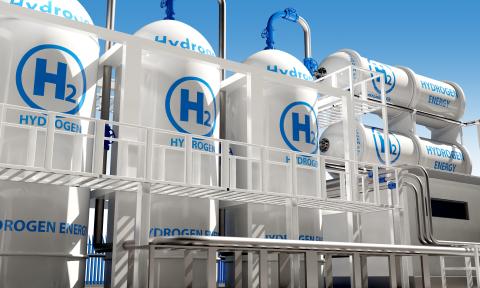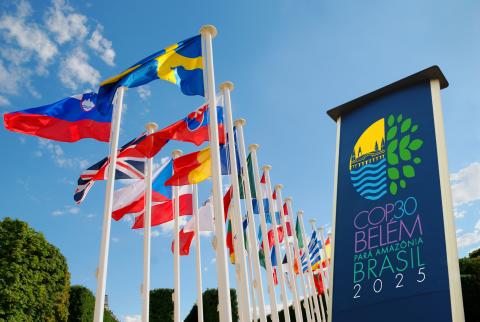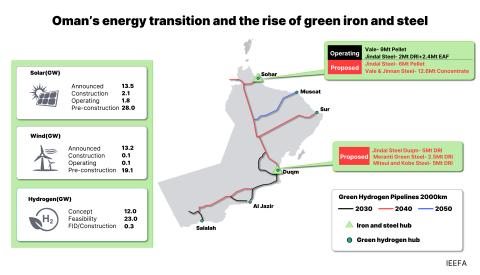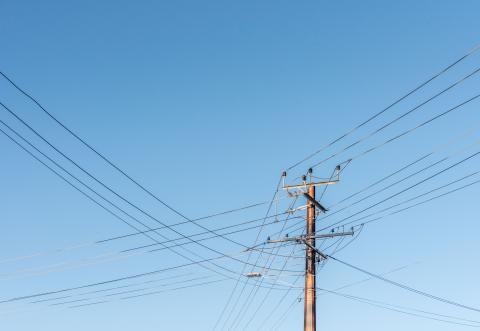Key Findings
Key investors are finding opportunity in India's $500bn renewable energy infrastructure development market.
A rapidly growing pool of global capital is amassing behind Indian new energy projects.
India's coal demand is set to plateau even as electricity demand doubles by 2035 - renewables will power the gap.
Executive Summary
With India recording an 18% year-on-year decline to a new record low solar tariff of Rs1.99/kWh with zero inflation indexation – which translates into a levelised cost of energy (LCOE) of below Rs1.30/kWh – solar continues on its strongly deflationary trajectory. Even the pandemic is unable to stop this momentum, with solar module costs dropping 20% year-on-year. Hero Future Energies CEO Sunil Jain forecasts that Indian solar will likely reach just Rs1.00/kWh by 2030, delivering India massive energy security and deflation benefits, while also helping to address the need for sustainable growth.
While ongoing economies of scale and technology improvements are driving double digit annual cost reductions in solar modules, the solar deflation of 2020 was equally driven by dramatically lower interest rates – with long term OECD rates hitting six-decade lows of just 0-1%. This in turn is driving global capital managers to seek out higher return opportunities, and the US$500bn electricity infrastructure opportunity presented by India offers this in spades. Backed by clarity, transparency and relative stability of government energy and climate policy under Prime Minister Narendra Modi, the offer of 25-year power purchase agreements at scale, secured by a central government sovereign guarantee, is mobilising a huge global capital pool.
Whilst 2020 saw economic setbacks in India, the year also saw significant capacity building in the renewable and grid infrastructure sectors, with a deepening of the engineering, procurement and construction (EPC), management and financing capacity across India which will likely pay dividends in 2021 and beyond.
In renewable energy, the major independent power producer (IPP) capacities of ReNew Power, Greenko Energy, Adani Green, Tata Power, ACME, SB Energy, Azure Power, Sembcorp Green Infra and Hero Future Energies were expanded, but also challenged by growing contenders like Vena Energy/Vector Green, O2 Power, Ayana Renewable Power, Torrent Power and Sprng Energy, as well as Government of India fossil fuel majors starting to rise to the decarbonisation challenge e.g. NTPC, NLC.
In the grid transmission sector, consumers are increasingly benefiting from grid expansion and modernisation at lower costs due to private sector challengers to Power Grid Corp, led by Adani Transmission, Sterlite Power and IndiGrid InvIT.
This report identifies the rapidly growing pool of global capital amassing behind these Indian IPPs for new projects, infrastructure investment trust (InvIT) structures and the National Investment and Infrastructure Fund (NIIF) for operational projects from sovereign wealth funds, global pension, private equity and infrastructure funds, as well as global utilities plus oil and gas majors.
As global momentum towards delivering on the Paris Agreement builds, India is well positioned to deliver more than its fair share of the solutions.
Please view full report PDF for references and sources.

















